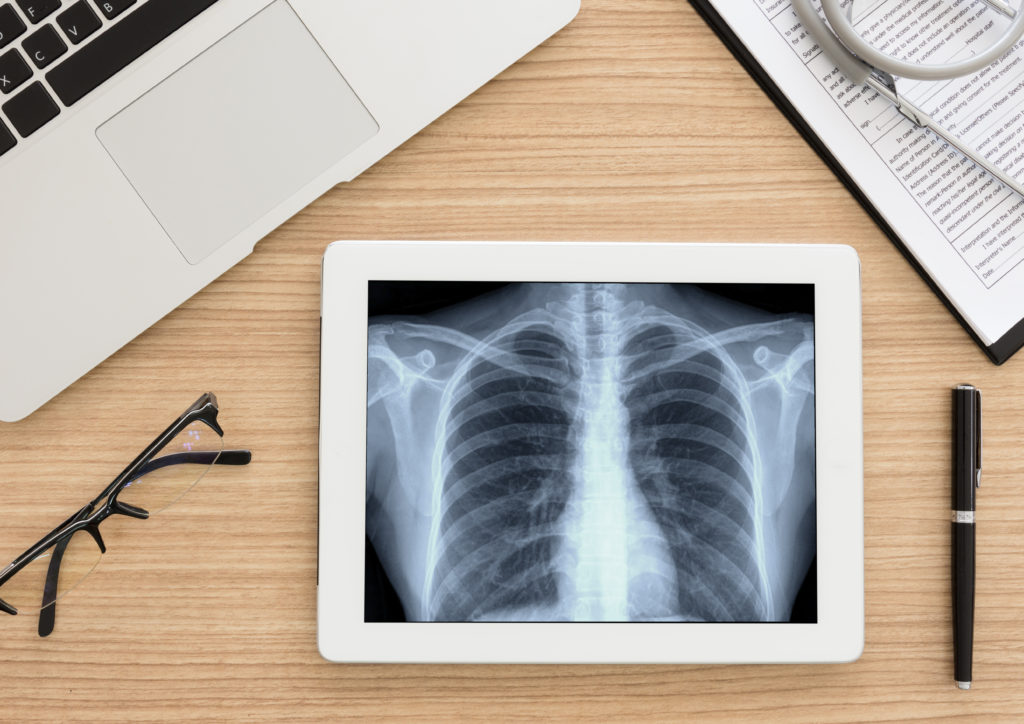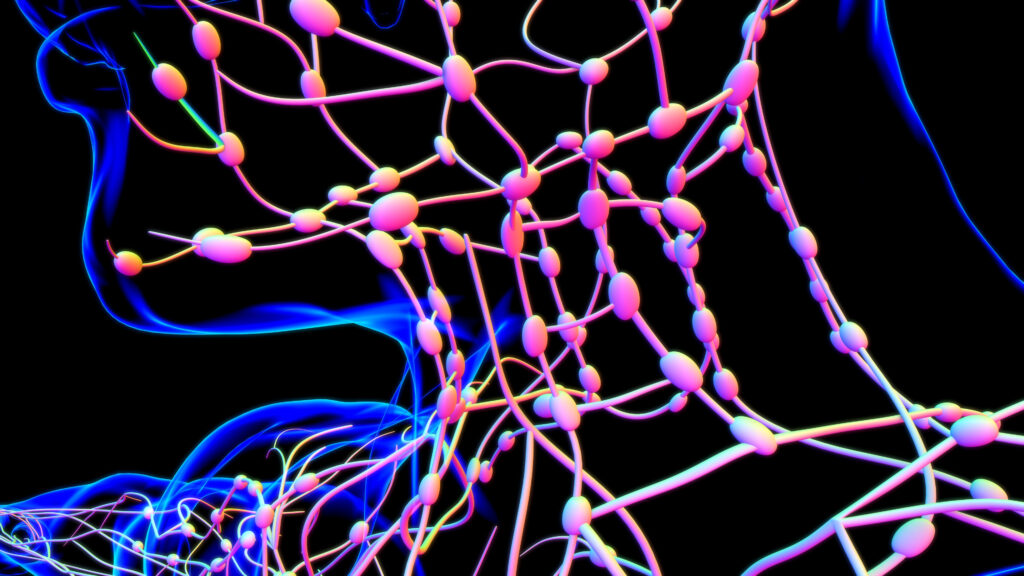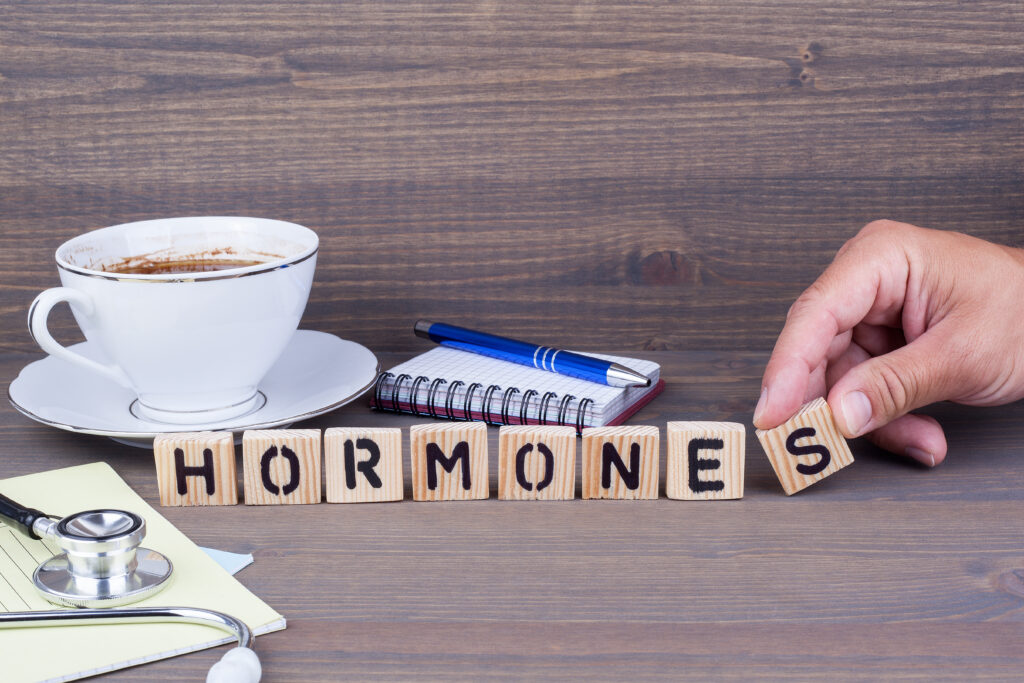With the immense improvements in medical imaging technology over the last 50 years, there are a multitude of ways that various parts of your body can be visualised from the inside. When it comes to detecting bone, spine, joint, muscle, posture issues and more the most common scans are the DEXA scan and the CT Bone scan. But what is good about them? Are their qualities equal? Let us explore what they both offer.
What is a DEXA scan?
A DEXA scan – the Dual-Energy X-ray Absorptiometry – is a type of bone density scan. It is used to measure the mineral content of your bones usually in your lower spine and hips. It operates using a transmission of low dose x-rays.
The DEXA scan uses high precision x-rays to track bone density and bone loss. This scan is non-invasive and requires no injections. The machine operates as you lie in your back on an open x-ray table. A radiographer will use the scanner to take x-ray pictures of your body.
You should keep very still during the procedure as movement may affect the quality of the images by making them blurred. A scanning arm will be passed over your body to measure the bone density, and only the areas that are targeted for your examination will be x-rayed. At any examination more than one part of your body could be scanned as bone density is different throughout your body.
The scanning arm contains an x-ray detector which measures that number of x-rays that pass through your body. This information is used to produce an image of the area scanned. The results collected from a DEXA scan allow bone density to be recorded and assigned a value. The radiologist can compare your result with healthy adults of similar age, gender and ethnicity and determine if you have any signs of bone issues.
What is a CT EOS scan?
The EOS dual source upright CT scanner can be broken down into its individual parts:
- Dual source: two x-ray beams scan the body simultaneously and show the frontal and lateral images.
- Upright: the client stands or sits in an upright position.
- CT scanner: uses x-rays to generate cross-section images of your body. EOS scans also allow this to be 3D.
- EOS: a medical imaging system which aims to provide high resolution images whilst limiting the X-ray radiation the patient is exposed to an extremely low level. It does this by utilising Nobel Prize winning detector technology derived from the CERN project.
An EOS scanner is a highly sophisticated type of CT scanner that is perfect for visualising the musculoskeletal system of a human whilst they are in a weight-bearing position. This aspect of it is precisely why it is the best as being able to see potential issues of the spine, hips and lower extremities as well as looking at things like sciatica (lower back pain).
This type of scanner is quite rare and there are only a few operating in the UK. This is because they are quite expensive, use ultra-low radiation and CERN technology. The images created are fantastic at showing how any muscle or skeletal issues as affected by gravity and the potential 3D reconstruction of individual areas of the body allow for an unrivalled assessment of the musculoskeletal system.
The detectors on an EOS scan are extremely sensitive to photons, this means that fewer x-rays re required to produce the high-resolution images and the client experiences little radiation exposure. Additionally, the dose of radiation is further reduced because the x-ray travel through very narrow areas and only the area being scanned is exposed to the radiation.
EOS scans are very rapid and between the set up and examination the entire process can be less than 5 minutes. The CT EOS scan can detect conditions such as:
- scoliosis – a sideways curvature of the spine
- kyphosis – outward curving of the spine that causes the top of the back to appear more rounded than normal
- spinal deformities such as Scheuermann’s disease – a condition where the vertebrae grow unevenly
- a herniated disc – where a disc between the vertebrae ruptures
- hip dysplasia – where the “ball and socket” joint of the hip does not properly form,
- leg length discrepancy
- bow leg and knock knee conditions – where the legs are not in ideal alignment
- osteoporotic fractures
- arthritic changes
- balance and posture complications
What is a CT Bone Scan?
The Computed Tomography scan (CT scan) is similar to the DEXA scan. It is also a non-invasive imaging procedure that uses x-rays combined with computerised technology to produce incredibly high-definition images of the bones. It can also show muscles, fat and other organs, and all images from CT scans are more detailed than normal x-rays.
In a CT scan the x-ray beam circles the body. This allows all possible views of the same organ. The data is then sent to a computer which works to interpret the results and displays images on the screen.
CT scans of the bones can provide much more detail and information about the bone tissue and their structure than a normal x-ray. They are much better suited to show information about injuries or any diseases of the bone – especially osteoporosis.
Detecting disease
In the UK over 3 million people are estimated to have osteoporosis and there are estimated to be over 500,000 fragility fractures that occur in the UK each year (Svedbom et. al., 2013, NHS right care, 2017). The most common way of detecting this disease and other issues with your bones is with a bone density scan.
Of the three imaging technologies mention above, only the DEXA and CT bone scan are the most suitable for this task. In fact, the CT bone scan is a lot more accurate in measuring the density of your bones and determining the presence of osteoporosis currently and the risk of future bone fractures in your spine or hips (National Osteoporosis Foundation, 2021).
Many public healthcare providers use the DEXA scan to assess bone density, however the CT scans are better as they are the only means that allow the measure of real volume density of the middle of the vertebrae. A CT bone scan provides measurements of volume density (mg/cm3) of the spine and is not subject to being affected by external influences like lymph nodes.
Research found that osteoporosis was diagnosed in only 17.1% of the 140 participants using a DEXA scan, compared to 46.4% using the CT scan (Li et al., 2013). This is because the CT scan is more sensitive and can detect osteoporosis better.
Further research consolidated that the CT scans are better adapted to detecting bone disease than DEXA scans, because a study from 2005 showed that DEXA scans cannot account for the large variability in skeletal size and composition in children (Wren et al., 2005).
Preventive health assessments at Echelon Health
Detection of osteoporosis as early as possible offers the best chances for effective treatment to be provided and would be able to slow or perhaps even reverse the loss of bone density and reduce risk in the future.
Echelon Health believes that prevention is key for a healthy life, and we are proud to offer a range of health screenings for the diseases which may be present in your body and yet be asymptomatic. Our flagship Platinum Assessment is the most comprehensive assessment. It uses the latest, state of the art imaging technology to visualise tumours as small as 2mm and detect up to 92% and 95% of preventable causes of death among men and women, respectively.
The Platinum Assessment aims to detect signs of the following diseases:
- Osteoporosis
- Vascular Dementia
- Cerebrovascular Disease
- Arteriovenous Malformation
- Brain Cancer
- Cancer of Sinuses
- Acoustic Neuroma
- Carotid Artery Atheroma
- Thyroid Cancer
- Lung Cancer
- Acute Lung Diseases
- Aortic Aneurysm
- Chronic Respiratory Disease
- Pulmonary Fibrosis
- Coronary Heart Disease
- Breast Cancer
- Skin Cancer
- Liver Cancer
- Spleen Enlargement
- Gallbladder Disease
- Adrenal Gland Tumours
- Kidney Cancer
- Diverticular Disease
- Colorectal Cancer
- Bladder Cancer
- Prostate Cancer
- Testicular Cancer
- Cancer of the Ovaries
Our team of nurses, radiologists and doctors use the best technology available, and that, combined with years of medical experience ensures that you are always in the best hands. Our health assessments leave no stone unturned and will provide you with complete peace of mind regarding your health.
To learn about the scans, we use to detect these diseases, check out our Body Map which easily explains what each scan is used for and why.
Sources:
National Osteoporosis Foundation (2021). Bone Density Exam/Testing. Available at: https://www.nof.org/patients/diagnosis-information/bone-density-examtesting/ (Accessed 20/10/2021).
Wren, T. A., Liu, X., Pitukcheewanont, P., & Gilsanz, V. (2005). Bone densitometry in paediatric populations: discrepancies in the diagnosis of osteoporosis by DXA and CT. The Journal of paediatrics, 146(6), 776-779.
Li, N., Li, X. M., Xu, L., Sun, W. J., Cheng, X. G., & Tian, W. (2013). Comparison of QCT and DXA: osteoporosis detection rates in postmenopausal women. International Journal of Endocrinology, 2013.
Svedbom, A., Hernlund, E., Ivergård, M., Compston, J., Cooper, C., Stenmark, J., McCloskey, E.V., Jönsson, B. and Kanis, J.A., 2013. Osteoporosis in the European Union: a compendium of country-specific reports. Archives of osteoporosis, 8(1), pp.1-218.
NHS right care (2017). NHS Right Care scenario: The variation between sub-optimal and optimal pathways. Available at: https://www.england.nhs.uk/rightcare/wp-content/uploads/sites/40/2017/02/rightcare-susans-story-full-narrative.pdf (accessed 22/06/2022)



